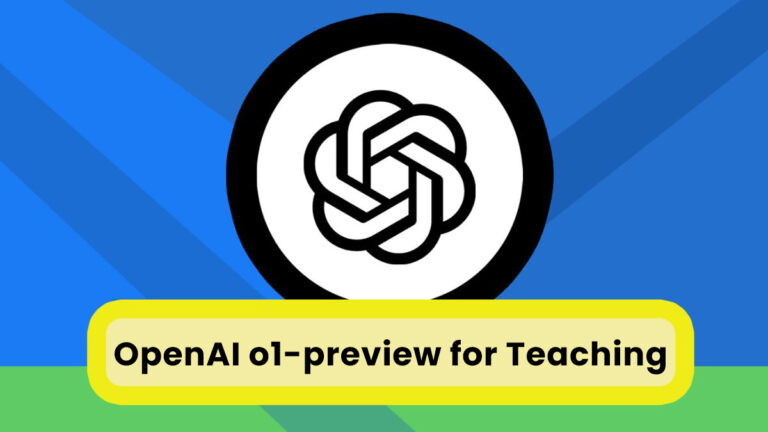With the power of ChatGPT, teachers can easily create an effective AI Grading Rubric that streamlines their grading process for both point and letter grades. In this guide, we’ll walk you through the steps to create an AI rubric generator that will make grading essays easier and more efficient.
Can ChatGPT grade essays with a rubric?
Yes, ChatGPT can grade essays with a rubric. By integrating rubric criteria into its assessment process, ChatGPT can provide consistent and detailed feedback on various aspects such as content, organization, grammar, and more. This helps teachers save time while ensuring fair and comprehensive evaluations of student essays.
Download free AI grading template here: AI Grading Rubric
5 Easy Steps to Creating an AI Grading Rubric with ChatGPT
Step 1: Define Your Essay Criteria and Performance Levels
To simplify the process, we’ve created an easy-to-use AI grading rubric template that will allow you to get started in a few seconds. The first step in creating an AI grading rubric is to define the criteria you will use to evaluate your essays.
Copy the following criteria’s in this Google Document to adjust:- Thesis Statement: Clarity and strength of the thesis.
- Organization: Logical flow and structure of the essay.
- Evidence and Support: Use of evidence to support arguments.
- Analysis: Depth of analysis and critical thinking.
- Grammar and Style: Correctness of grammar, punctuation, and writing style.
Step 2: Use Points or a Letter AI Grading System
Now for each criteria, you need to establish performance levels.
You can use the below performance levels’s in the AI grading we provided you to adjust to either a point scale or letter grade system:
- A: Excellent (4 points)
- B: Good (3 points)
- C: Fair (2 points)
- D: Poor (1 point)
- F: Not acceptable/Incomplete (0 points)
These levels help you differentiate between varying degrees of quality in student essays.
Step 3: Add AI Grading Level of Performance Descriptions
Next, you need to describe what each performance level looks like for each criteria. This is where ChatGPT can be incredibly useful. By providing clear and detailed descriptions, you ensure that both you and your students understand what is required to achieve each AI essay grading performance level.
Example Using ChatGPT:
Criterion: Thesis Statement
- Excellent: The thesis statement is clear, well-defined, and takes a compelling stance. It sets the stage for a well-argued essay.
- Good: The thesis statement is clear and takes a stance but lacks some specificity or compelling elements.
- Fair: The thesis statement is present but is vague or not directly related to the essay’s content.
- Poor: The thesis statement is missing, unclear, or unrelated to the essay’s content.
Once you have described each level of performance for all criteria, compile them into a single document. This document will serve as your AI grading rubric.
Step 5: Test Your ChatGPT AI Grader Rubric
Before using your rubric on a large scale, test it with a few essays to ensure it works as intended. Adjust descriptions and criteria as needed based on your testing.
Step 6: Share AI Rubric with Students
Make sure to share the rubric with your students before they start writing their essays. This way, they understand what is expected of them and can aim to meet the criteria outlined.
Example AI Grading Rubric Prompt for ChatGPT
To help you get started, here’s an example prompt you can use with ChatGPT to generate your AI grading rubric:
You are an expert at creating grading rubrics. Create a detailed AI grading rubric for evaluating essays. The rubric should include the following criteria: Thesis Statement, Organization, Evidence and Support, Analysis, and Grammar and Style. For each criterion, provide concise descriptions for Excellent, Good, Fair, and Poor performance levels.
Give Our AI Essay Grader a Try
Request a free demo of our advanced AI essay grader for teachers.
Discover the time saving benefits of AI essay graders in seconds!
Stay on Top of AI in Education:
Consider subscribing to our award-winning AI for Teachers blog, to stay on top of the latest AI product news, AI grader and AI tools for Teachers tips. Happy AI grading!
Conclusion
Creating an AI grading rubric with ChatGPT can greatly simplify the grading process, providing clear criteria and performance levels that ensure fairness and consistency. By following the steps outlined in this guide, you’ll be able to create a rubric that benefits both you and your students.
Happy AI grading!




